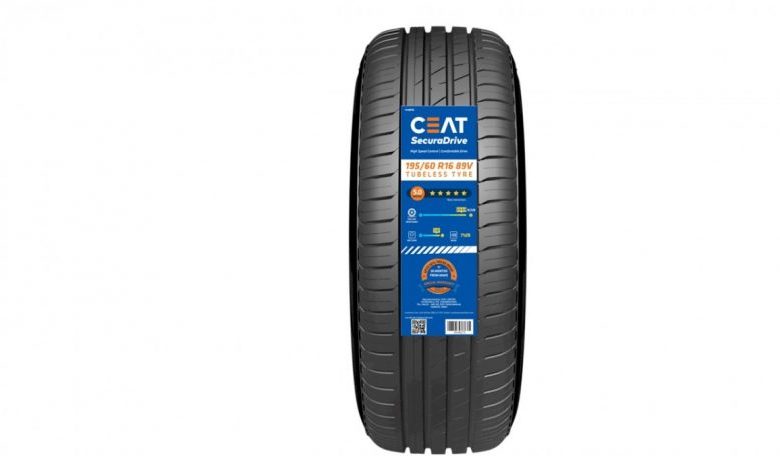Indian government’s MoRTH proposes new mandatory tyre norms
The proposed draft, if implemented, will see tyres with improved fuel efficiency and better braking in wet conditions.

What’s the first and most basic safety feature you should have on your car? Some of you may say airbags, some of you would like to go with seatbelts. But nope, all of them come after something even more elemental. The GRIP. Traction on the road is, in most cases, the make it or break it factor for your vehicles.
Indian Automotive Industry was not that safety concerned in the past if I’m to be honest, mileage has been the consumer’s topmost priority here and thus, the manufacturers had also mainly focused primarily on that only. But with increasing consumer awareness, things have finally started to change for the good. Lately, the government has also been seen pushing and forcing mandatory safety norms on the manufacturers to ensure safer passenger vehicles on the roads.
In an attempt to make Indian roads safer, the Ministry of Road Transport and Highways (MoRTH) has recently issued a draft notification, proposing new tyre norms applicable to all cars, trucks, and buses. If cleared without any objection these norms would be incorporated as a part of the Automotive Indian Standards (AIS) 142:2019 as an amendment. This new proposal suggests that tyres of all cars, buses and trucks shall meet the requirements of rolling resistance, wet grip, and rolling sound emissions, in line with the Stage-II limits of the European regulations.
The move is likely to be the first step in the direction of bringing a “star rating” system for tyres. The new norms propose having standards for rolling resistance, wet grip and rolling sound emission, which will be mentioned on tyres. The new system will help customers to make better decision with different visible parameters. A similar rating system is already being followed in the international markets across Europe and the Middle east. More recently, these changes have been noticed in new CEAT tyres, where the tyre manufacturer introduced its own tyre label system in India with its SecuraDrive range.

What these changes will ultimately mean for the consumers?
Well, the rolling resistance of tyres has an impact on fuel efficiency, while wet grip affects the braking performance of tyres in rains and similar conditions. Rolling sound emission refers to the sound emitted from contact between tyres in motion and the road. So basically, lower rolling resistance, better wet surface grip, and reduced rolling sound emissions will ultimately result in better and safer riding experience.
The Ministry is currently taking suggestions and objections to the draft notification at “comments-morth@gov.in” for one month. After the period, the proposed standards will become applicable for all new tyre designs. Then the tyre companies will have to implement these changes in the Indian market, on October 1, 2021, and for all other existing tyre designs across the three-vehicle segments, by October 1, 2022.
After starting off with an amendment in the AIS, the regulations will eventually be included in the Bureau of Indian Standards (BIS).

India is a production hub with several domestic tyre manufacturers supplying their products to other markets globally. So, meeting the safety norms should not be a problem for the players. At present, the tyres sold in India get a mandatory BIS benchmark quality under the Tyre Quality Control Order. However, the same does not communicate information to customers that can help them make an informed choice before purchasing a tyre.
The BIS markings also do not bring accountability to tyre makers, which the new norms aim to change. The new mandatory norms will help bring the tyres sold in India one step closer to the laws enforced in the US, Europe, Japan and other developed markets




